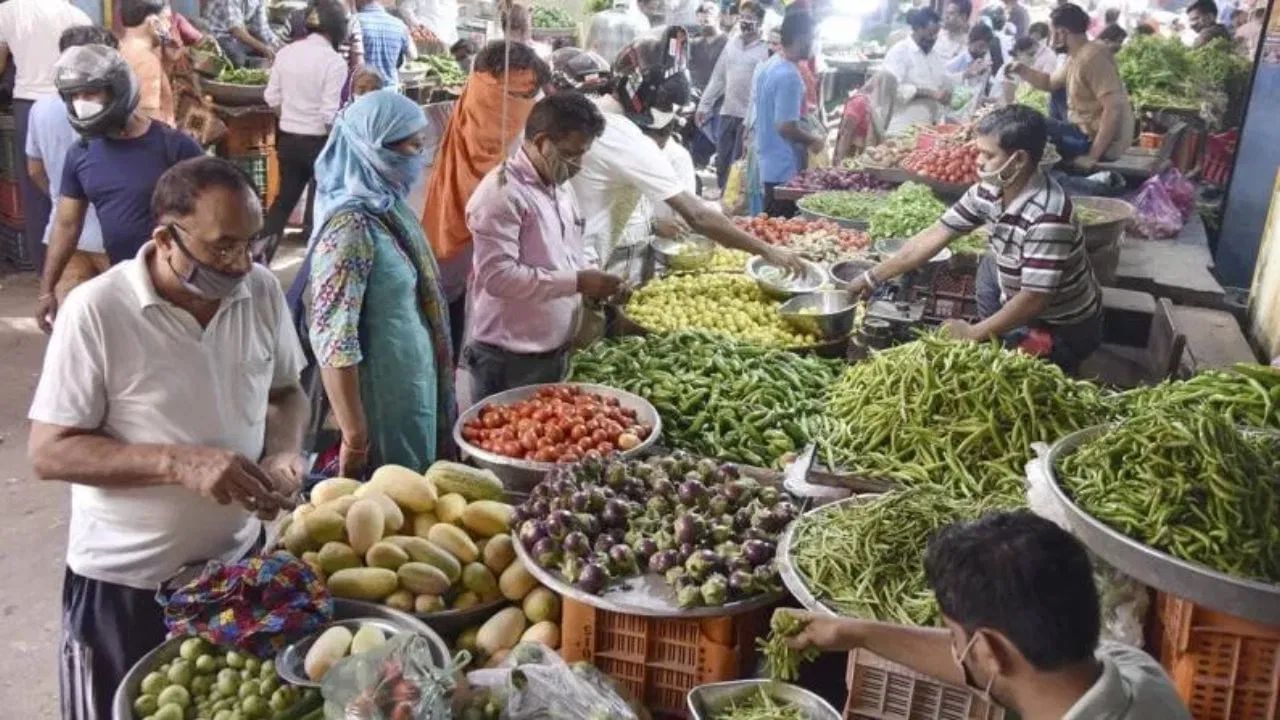The common people have got a big relief on the inflation front. According to government data, India’s retail inflation has come down to 1.55 per cent in July due to softness in the prices of food items, which is the lowest level of eight years. This is the first time in the last six years when inflation has come below the Reserve Bank of India’s 2 percent to 6 percent tolerance band. This is the lowest inflation rate after June 2017. According to the government data released on Tuesday, retail inflation in July was also reduced by 3.16 percent in April and 3.54 percent in July 2024. In a survey of 50 economists of Reuters, retail inflation was estimated to be reduced to 1.76 percent in July.
Food inflation holds almost half a stake in retail inflation, a decline of 1.06 per cent last month. Despite the uneven monsoon, a good spring crop has helped India maintain control of food prices, causing the longest phase of inflation in the country in more than a decade.
These figures have come about a week after the RBI’s Monetary Policy Committee (MPC) keeping the rates unchanged at 5.50 per cent and describing the inflation forecast as “more favorable”. This stagnation has come after three consecutive rate cuts since February. During this time, RBI has cut repo rates by 1 percent. The committee has still kept its stance neutral. Fuel and power prices increased from 2.55 percent in June to 2.67 percent in July. Recently, US President Donald Trump has imposed a 50 percent tariff on Indian goods. In which 25 percent tariff has been implemented, while 25 percent tariff will be imposed in the last week of August. In such a situation, RBI’s decision not to make any changes in interest rates will boost the economy.
RBI’s inflation was estimated
The MPC of the central bank said last week that inflation is expected to increase in the last quarter of FY 26, as there is a flucturation in the prices of foods, especially vegetables. RBI said that geopolitical uncertainty has decreased, but there is pressure on the global trade affected by the coming charges.
For the entire financial year 2026, the RBI has estimated the core inflation to be 3.1 per cent, lower than the 3.70 per cent forecast made in June. However, the Consumer Price Index (CPI) is expected to be 4.9 per cent in the first quarter of FY 27, which will cross the RBI’s 4 per cent target. If we talk about quarterly-wise estimates, then 2.1 percent in the second quarter, 3.1 percent in the third quarter and 4.4 percent inflation in the fourth quarter. RBI MPC also said that the main inflation remains stable at 4 per cent.
